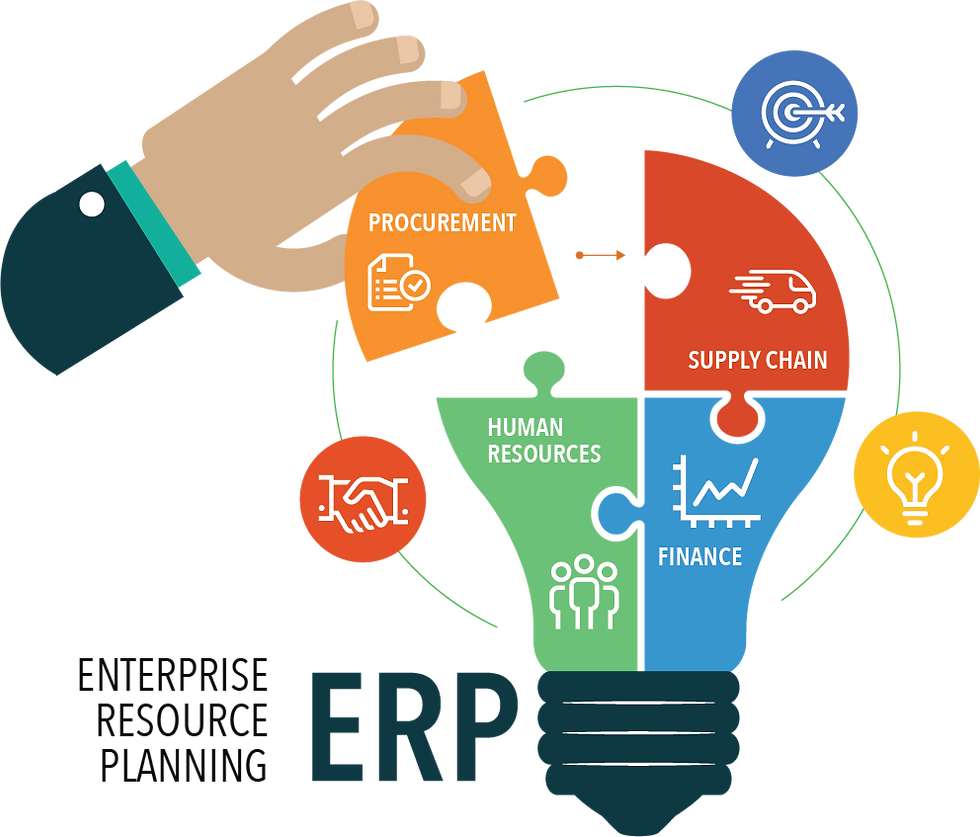Transforming Education with School Management Software
- solutionscakiweb
- Nov 7, 2023
- 2 min read
Introduction
School management software has emerged as a game-changer, revolutionizing the way schools operate, manage resources, and interact with students, parents, and staff. In this blog post, we will explore the various aspects of school management software and how it is transforming education.
The Importance of School Management Software
School management software, often referred to as School Information System (SIS) or Student Information System (SIS), is a comprehensive software solution designed to streamline and enhance the administrative and academic processes within educational institutions. These systems offer a wide range of benefits, from simplifying routine administrative tasks to improving communication and data management. Here are some of the key advantages of using school management software:
Efficient Administrative Processes: School management software automates administrative tasks such as attendance tracking, timetable scheduling, and fee collection. This frees up valuable time for teachers and administrative staff to focus on more critical tasks.
Enhanced Communication: Communication between students, parents, and teachers is vital for student success. SIS platforms often include messaging and notification features that make it easier for all stakeholders to stay informed and connected.
Academic Performance Tracking: These systems allow educators to monitor student performance, track progress, and identify areas where additional support may be needed. It can help teachers make data-driven decisions to improve educational outcomes.
Digital Record Keeping: Say goodbye to piles of paperwork and manual record-keeping. School management software helps institutions maintain digital records of student data, financial transactions, and more, making it easier to access and manage information.
Resource Management: Efficiently manage resources such as classrooms, textbooks, and other assets with the help of the software. This can lead to cost savings and improved resource allocation.
Types of School Management Software
School management software comes in various forms and can be tailored to the specific needs of the institution. Here are some of the primary types of software commonly used in educational settings:
Student Information Systems (SIS): These are all-encompassing systems that handle student records, admissions, enrollment, grading, and more. They are a crucial component of school management software.
Learning Management Systems (LMS): LMS software focuses on the educational aspect, including course management, content delivery, and student assessment. They are particularly popular in higher education and online learning environments.
Library Management Software: These systems help manage library resources, including cataloging books, tracking loans, and managing subscriptions.
Finance and Accounting Software: These modules handle financial transactions, budgeting, and payroll management. They are essential for maintaining the financial health of educational institutions.
Conclusion
In an era where data-driven decision-making and efficient operations are essential for the success of educational institutions, school management software is becoming increasingly vital. It not only streamlines administrative processes but also improves communication, resource management, and academic outcomes. Educational institutions that invest in the right school management software can benefit from increased efficiency and improved overall performance. As technology continues to advance, the role of school management software in transforming education is set to become even more prominent.




Comments